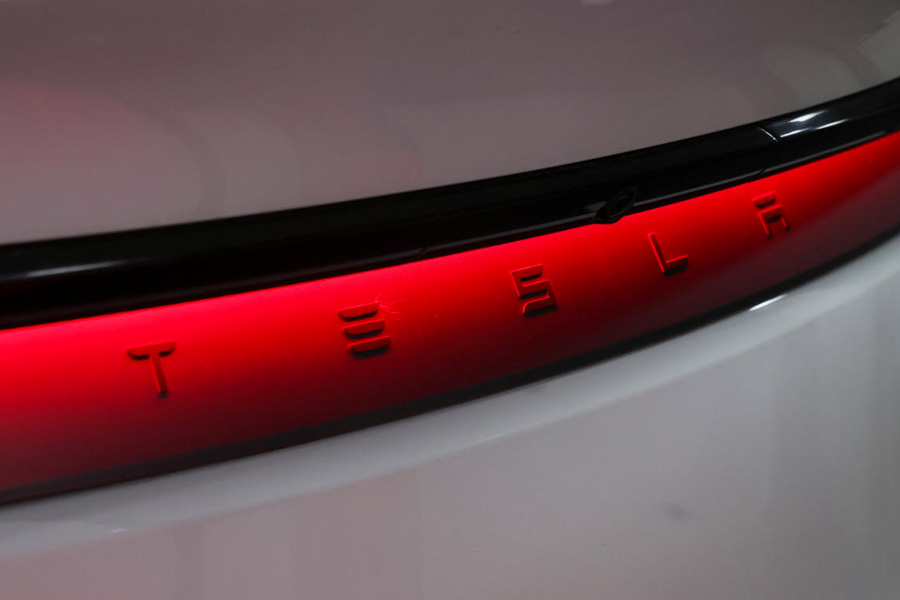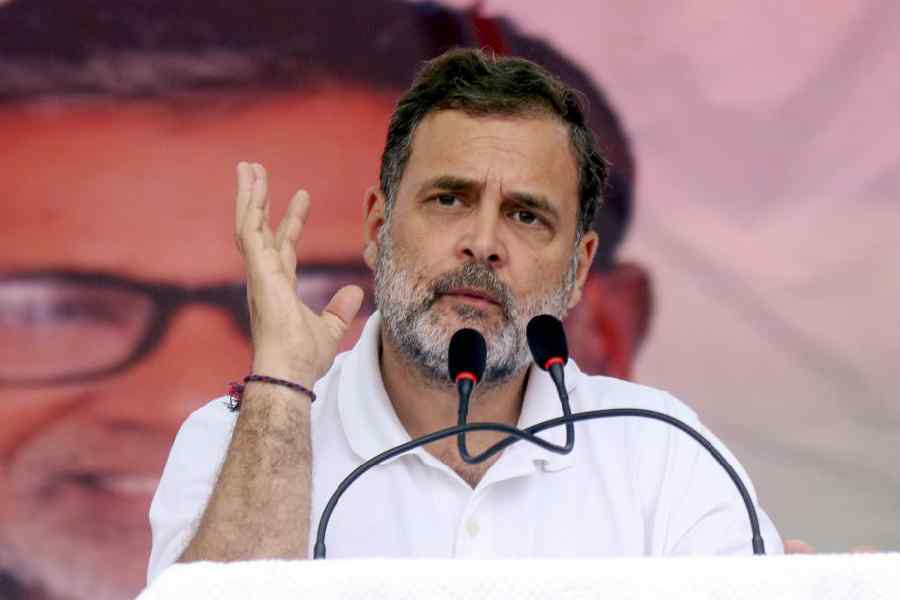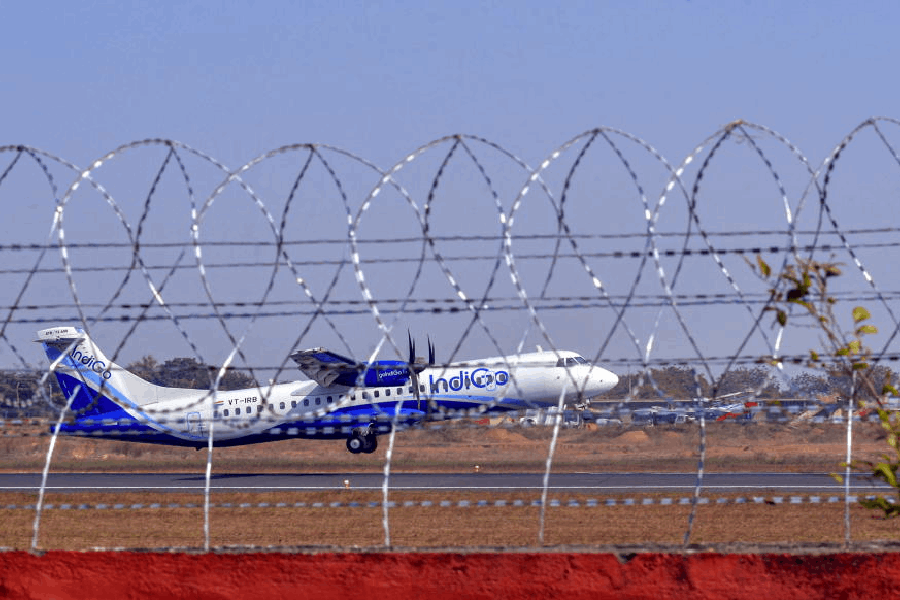Tesla is recalling 63,619 Cybertruck vehicles due to a software issue that causes the front parking lights to exceed allowable brightness levels, potentially impairing the vision of oncoming drivers, the US auto regulator said Thursday.
The National Highway Traffic Safety Administration noted that Tesla has issued an over-the-air software update to fix the problem at no cost to owners.
The recall follows another on Wednesday, when Tesla pulled 12,963 Model 3 and Model Y vehicles due to a defect in a battery pack component.
Despite these setbacks, Tesla reported record third-quarter revenue that beat Wall Street estimates, driven by the highest quarterly sales of its electric vehicles as US buyers rushed to claim a key tax credit before its expiration last month.
The company reported total revenue of $28.1 billion for the quarter ended September 30, compared with analysts’ average estimate of $26.37 billion.
However, profit lagged expectations. Tesla posted earnings of 50 cents per share, below the 55 cents analysts had forecast. Automotive regulatory credits, once a major profit driver, fell to $417 million from $739 million a year ago. The company’s closely watched automotive gross margin, excluding regulatory credits, was 15.4%, slightly below the 15.6% analyst estimate.
Higher costs and fading regulatory credits were key factors behind the earnings shortfall. Tesla has also faced tariffs imposed by the Trump administration on auto-parts imports, which Chief Financial Officer Vaibhav Taneja said cost the company more than $400 million in the quarter.
Taneja added that operating expenses rose 50% due to AI and other research and development projects, and that capital expenditures would increase substantially in 2026.
“Tesla dished out just the right amount of good and bad news to both appease its fans while also providing enough evidence for its critics,” Camelthorn Investments adviser Shawn Campbell told Reuters. “This earnings report isn't going to change anyone's mind on Tesla.”
To address potential drops in demand, Tesla recently introduced lower-cost "Standard" variants of the Model Y and Model 3, cutting prices by about $5,000 to $5,500 while removing certain features. Analysts warn this may squeeze margins as cost reductions may not fully offset lower selling prices.
Tesla also confirmed plans to start volume production of the Cybercab robotaxi, Semi truck, and Megapack 3 battery in 2026. Its energy business showed strength, with an 81% increase in storage deployment during the quarter, and development of the humanoid robot Optimus is advancing, with production expected toward the end of 2026, CEO Elon Musk said.
Musk expressed confidence in Tesla’s self-driving software and forecast “nutty” demand for the Cybercab, noting that margins would not be sacrificed.
He added that a limited rollout of Tesla’s self-driving robotaxi service is underway in Austin, Texas, and expects robotaxis to operate without safety drivers in large parts of Austin this year.
By year-end, Musk anticipates robotaxis will serve eight to ten metropolitan areas and potentially cover about half the US population.
Wall Street anticipates Tesla deliveries in 2025 could fall 8.5% due to the expiry of the tax credit, reliance on older models, and increasing competition.
CEO Musk’s political stances have also reportedly alienated some potential buyers.
Despite these challenges, many investors remain optimistic.
Nancy Tengler, CEO and chief investment officer of Tesla shareholder Laffer Tengler Investments, said she is bullish on the next three to five years.
“I'm less concerned about the next quarter,” she said. “It's messy, it's hard, it's trial-and-error, it's try again. But this is a CEO who is determined. And I think what we've seen historically is that he will get it done.”











